Mobile Computing Lab.
Smart City & Building
Research Keywords
Related Research Topics

Indoor Object Recognition with WiFi RSSI-Integrated Visual-Language Models
This study proposes a novel method for automatic object recognition and classification in indoor environments using visu...
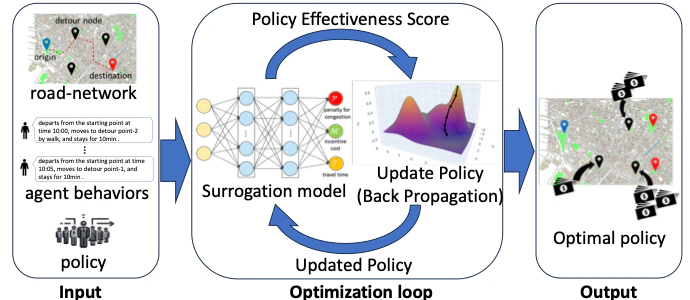
Policy Optimization for Pedestrian Traffic Management by Surrogation of Simulation Models
Sports events, concerts, and live performances attract large crowds, and the congestion during the return home after suc...
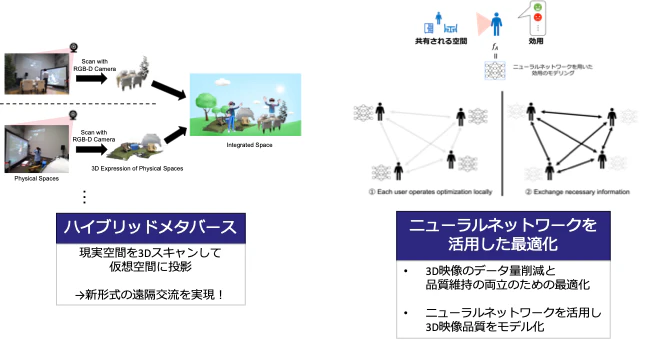
Distributed Optimization of Shared Object Quality in Hybrid Metaverse for Real-World Integration
Since the outbreak of COVID-19, the metaverse has gained attention as a tool for remote interaction. With the advancemen...
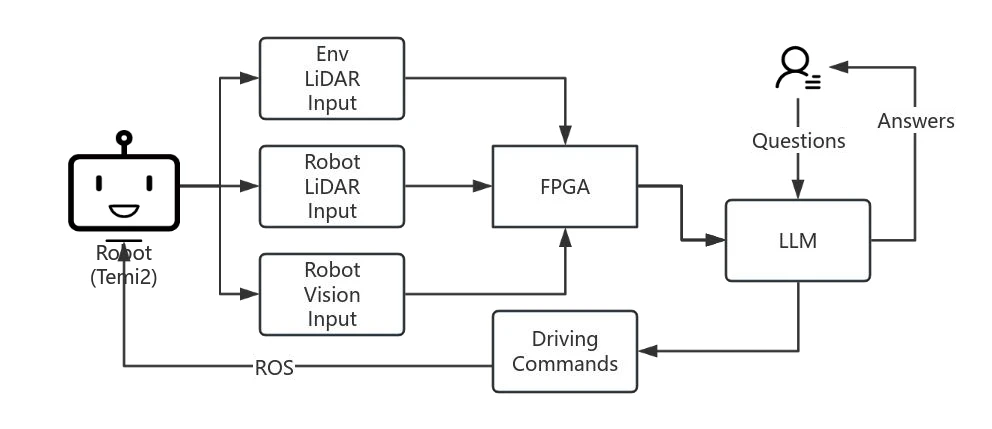
LLM-Driven Adaptive Autonomous Robot Navigation via Multimodal Fusion for Dynamic Environments
This research addresses the challenges of autonomous robot navigation in dynamic, high-density environments (e.g., train...
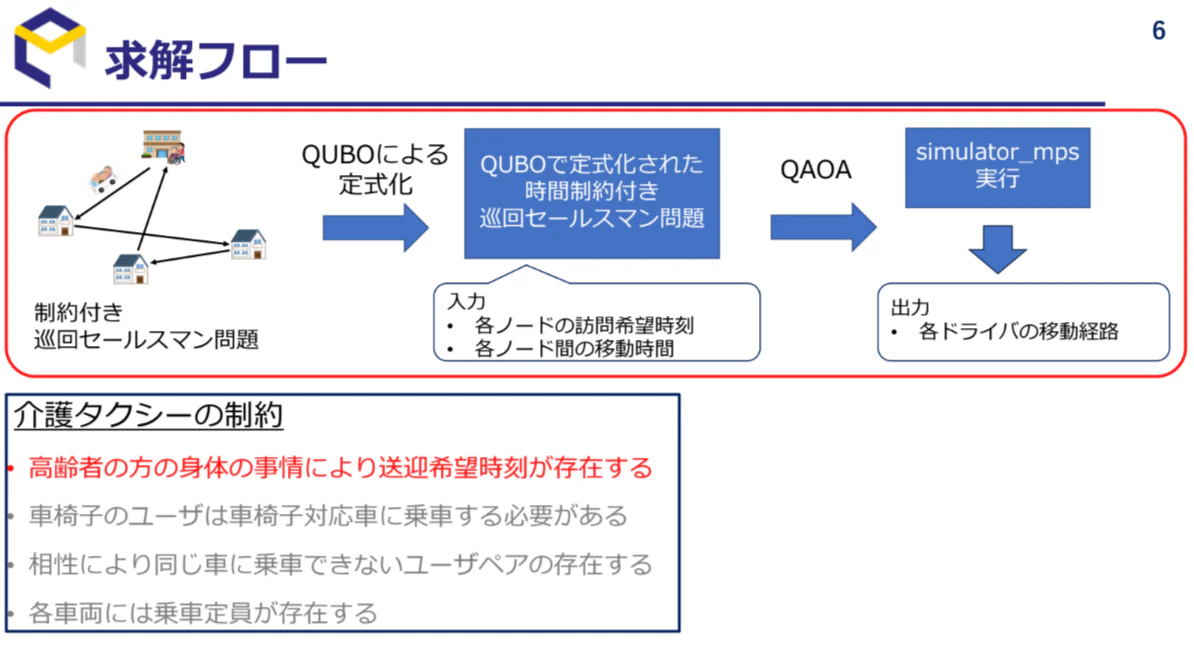
Quantum Approximation Method and Neural-Integrated Mathematical Optimization Algorithm for Elderly Care Taxi Dispatch Problem
In Japan, the aging population is increasing, leading to a growing number of elderly individuals utilizing nursing care ...

Optimizing Nursing Care Taxi Dispatch Leveraging Integer Linear Programming Solvers and Machine Learning
The aging population is creating crucial demand for the transportation services at the facilities for older people. Vehi...
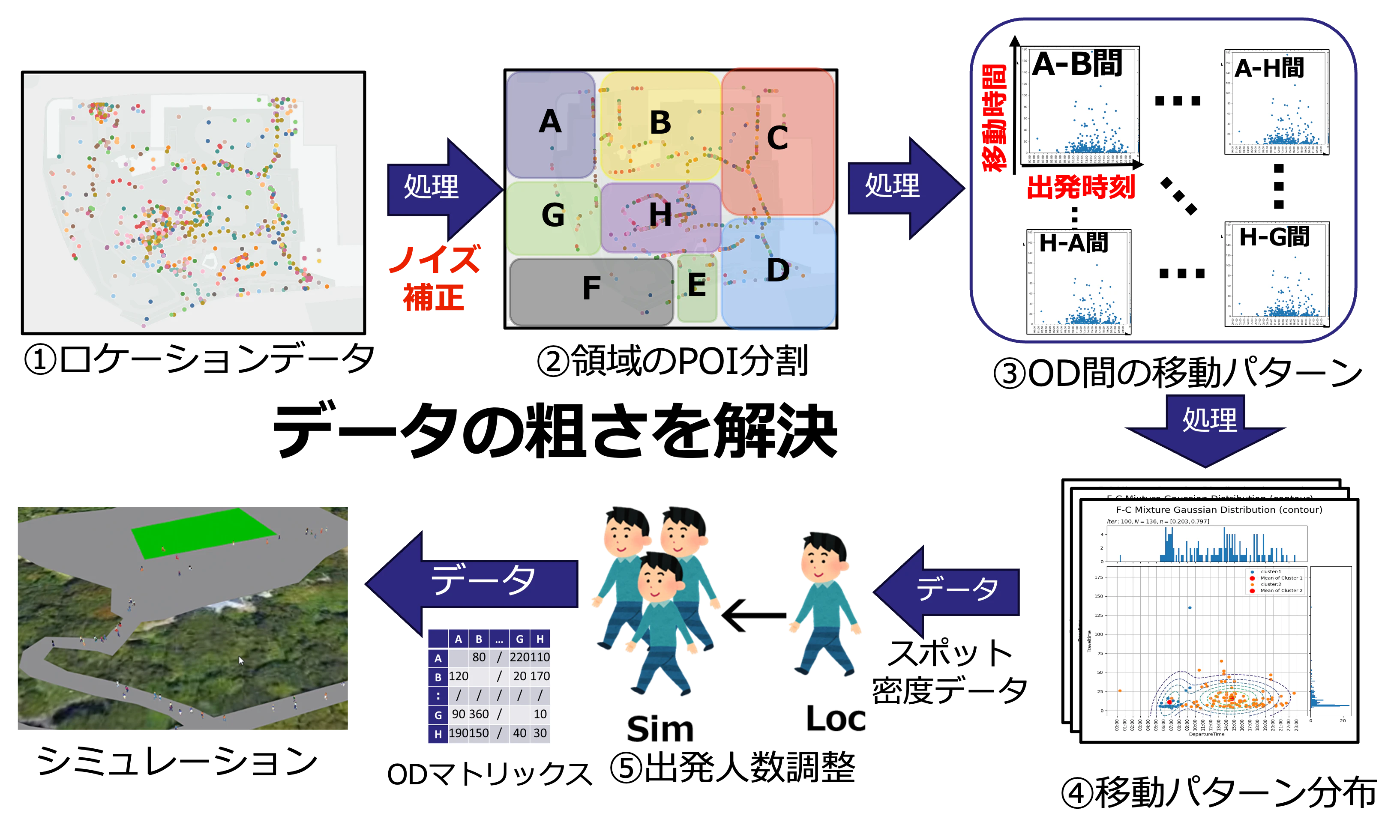
Synthesis of Pedestrian Movement Patterns: Combining Sparse Location Data with Multi-Spot Density Measurements
In recent years, the utilization of pedestrian flow data has been gaining attention in regional revitalization. Understa...
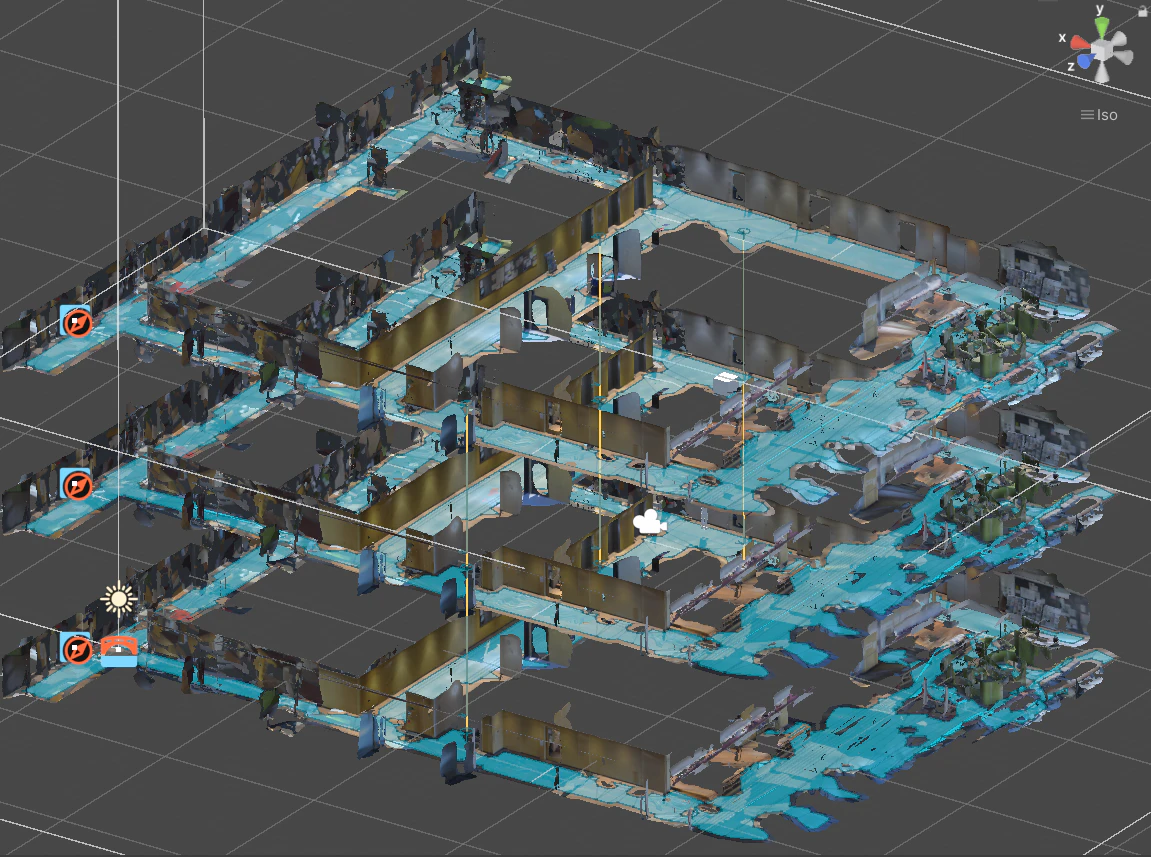
Adaptive Indoor Navigation System Using Human Flow Digital Twin
Digital twin technology is attracting attention as a technology that reproduces objects and systems in physical space in...
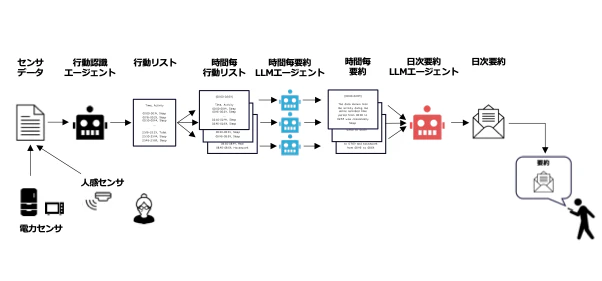
Collaborative LLM Agents for Daily Activity Summarization on Edge Devices
In recent years, with the increase in the number of elderly people living alone, the demand for monitoring systems has i...

LLM as Personable Decision-Making Model for Smart Home Simulation
This research proposes a method for simulating residents' decision-making and daily activities in a smart home environme...
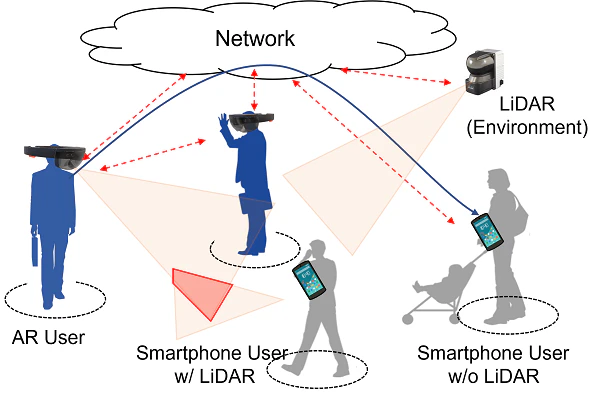
Smartphone User Identification in Cyber-phsyical Space
By utilizing a cyber-physical space composed of constantly scanned objects and people in a three-dimensional physical sp...
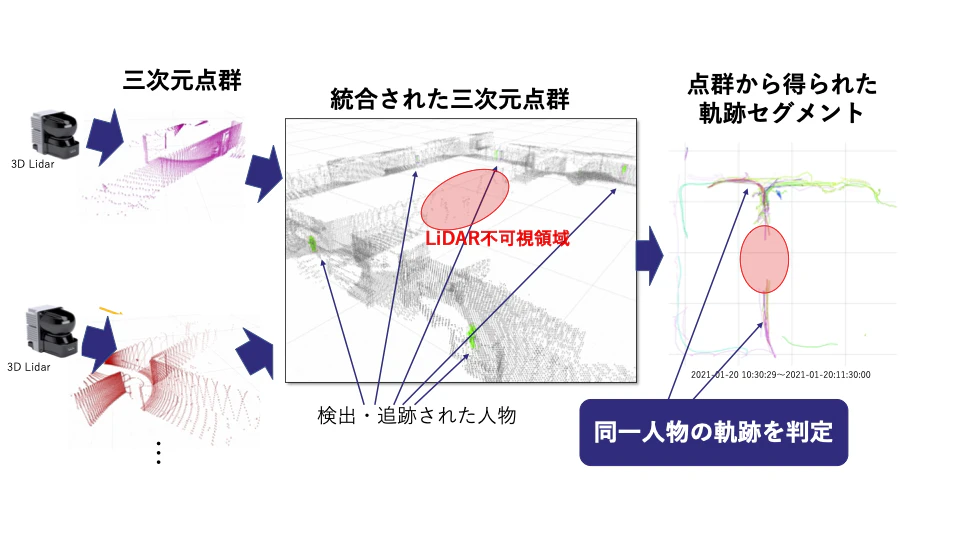
Privacy-preserving Pedestrian Tracking using Distributed 3D LiDARs
The growing demand for intelligent environments unleashes an extraordinary cycle of privacy-aware applications that make...
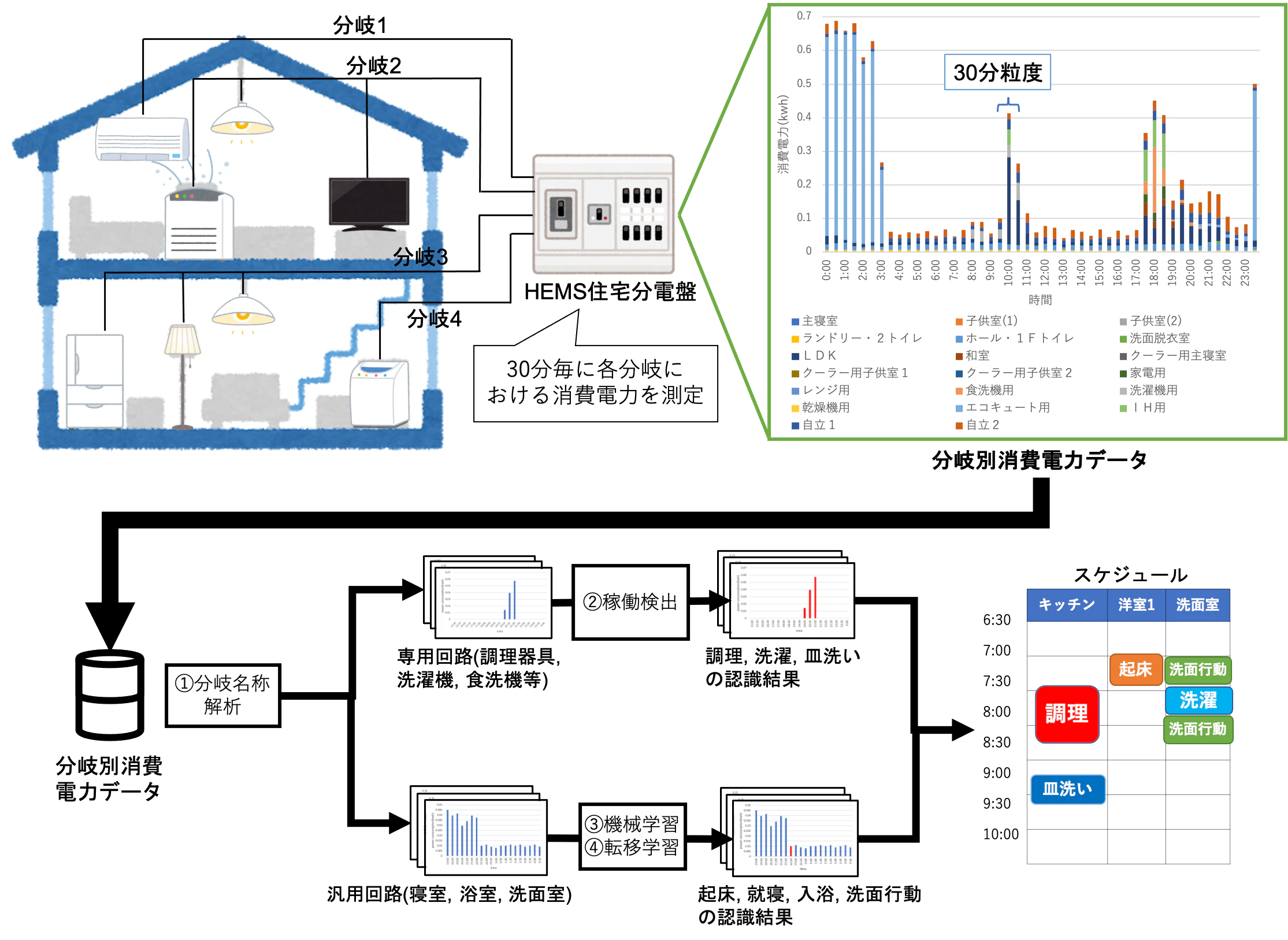
Home Activity Recognition Using Low-Grain Branch Circuit Power Consumption
In recent years, HEMS (Home Energy Management System), which monitors the amount of electricity and gas used in the home...
Robust Pedestrian Tracking Against Occlusions in Public Spaces Using 3D Point Clouds from Depth/LiDAR Sensors
We propose an approach to pedestrian tracking in a public passageway with pedestrians, such as those carrying luggage an...